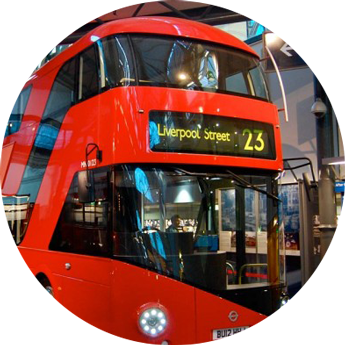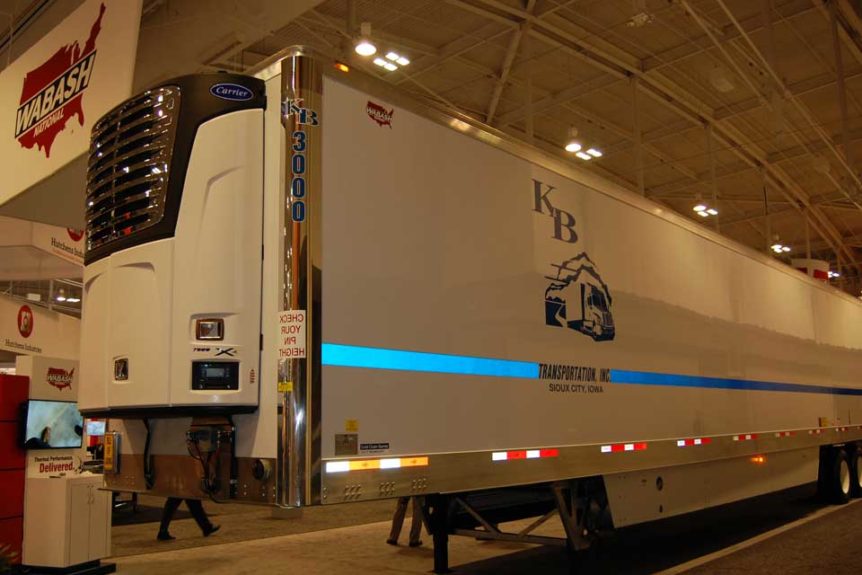Heavy Duty Vehicles
In the 1960s, Molded Fiber Glass blazed the trail of composite material conversion for the commercial truck industry. Since then, many OEMs have realized that they can use composites to redesign trucks in order to increase fuel efficiency and increase performance. These materials are being applied to the next generation of environmentally friendly trucks, buses and even semi-trailers. Due to their high strength and low weight, these heavy duty vehicles are able to carry larger payloads, which is important in an industry that abides by weight restrictions put in place by the federal highway system.
Properties and Benefits
- Lightweight
- Puncture and damage resistant
- Durable
- Corrosion resistant
- Design flexibility
- Increased cargo capacity
- Increased aerodynamics
Applications and Products
- A-Pillars
- Air deflectors
- Body panels
- Cowl panels
- Underhood panels
- Interior and exterior walls
- Roof surfaces
- Interior floors
- Engine covers
Case Studies
Proterra Catalyst
This world record setting bus’s battery pack, combined with its carbon fiber reinforced polymer (CFRP composite) body, allows Proterra to achieve its record levels of fuel efficiency. In total, the bus weighs just shy of 15 tons. Learn More
Wabash Trailer
The industry’s first refrigerated trailer made with molded structural composites boasts excellent insulation qualities at a lower weight than conventional sandwich materials and has the necessary scalability to service a large market.




